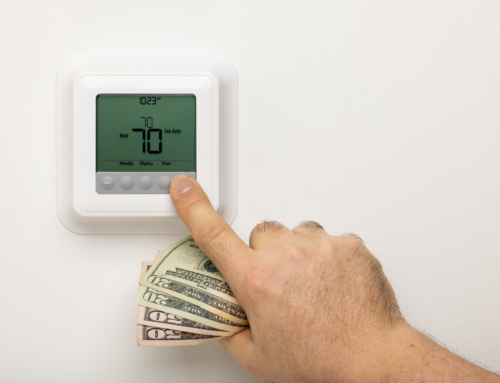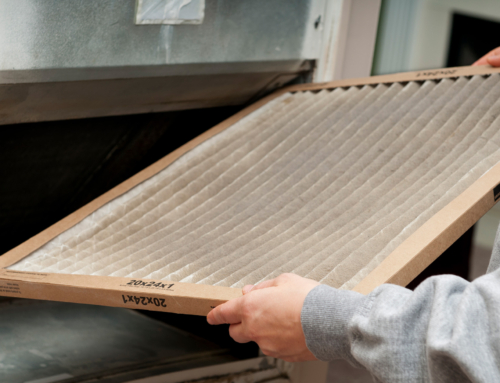There are many benefits to making upgrades to your home to improve its energy efficiency. You’ll reduce your carbon footprint, enjoy lower energy bills, and be able to maintain a comfortable temperature inside the home easier.
Whether you’re planning on adding insulation, installing an energy-efficient thermostat, or replacing old windows with new ones, it’s critical that you don’t overlook the importance of also updating your HVAC system, or you could be negating all the benefits you’re trying to achieve.
How Energy Efficient Upgrades Affect Your HVAC System
Many people have added or will add upgrades in their homes throughout the Bay Area to reduce their environmental impact. However, far too many homeowners and business owners are unaware of just how much these updates affect their heating and cooling systems.
Some of the most impactful energy upgrades that property owners often make include installing high-quality insulation and double-paned windows, both of which cut down on the energy that is lost due to leaks. Making energy efficiency improvements like these alters the heat load of a home or building.
What is Your Home’s Heat Load and How Do Energy Efficiency Improvements Change It?
Every home has a heat load that can be calculated using several different methods. This calculation depends on several factors including energy efficiency upgrades (or the lack of them), the square footage of a building, the number of occupants, heat generated by lighting, the average ceiling height of rooms, and more.
A heat load is the amount of heat per a certain unit of time that a building must maintain in order to stay at a specific temperature. In the case of homes, that temperature would be whatever temperature the residents’ comfort level is at. Usually, the heat load is measured per hour and expressed in either kW (Kilowatts) or Btu (British Thermal Units).
A Test by the U.S. Department of Energy
During a hypothetical demonstration, the U.S. Department of Energy calculated how much the heat load of a 2,000 square foot house would change with several energy efficiency improvements.
In the hypothetical house, insulation was added to the ceilings and the walls, windows were upgraded from single-pane to double-pane glass, and window overhangs were extended. In addition, the house’s ducts were moved into conditioned spaces to eliminate duct leakage. Prior to these energy efficiency upgrades, the house’s heat load was calculated to be 46,100 Btu/hr. After the updates, it was just 21,300 Btu/hr.
In this example, the house’s heat load was cut in half. A change this significant surely affects a home’s HVAC system, and here’s how:
In the 2,000 square foot home prior to updates, there would have been a 4-5 ton HVAC system installed, which would’ve been appropriately sized for the home. However, HVAC units are sized based on the heat load, not solely on the square footage of a building, as many people think.
Therefore, after efficiency updates had been installed in this particular hypothetical house, proper sizing for the HVAC unit would only have been 2 tons, not the original 4-5 tons.
If the HVAC system is not properly updated along with the rest of a house, it will no longer be appropriately sized.
This results in everything from higher energy bills to short cycling to frequent motor burnouts in the unit and a significantly shortened lifespan of the unit.
Contact A-1 Guaranteed Heating & Air, Inc. for Your Bay Area HVAC Needs
If you’re planning on installing some energy efficiency upgrades for your home or business, contact A-1 Guaranteed Heating & Air, Inc. We’ll make sure your HVAC system is appropriately sized for your heat load! We serve customers throughout Napa and Contra Costa counties, Solana, Vallejo, and the entire surrounding area.






